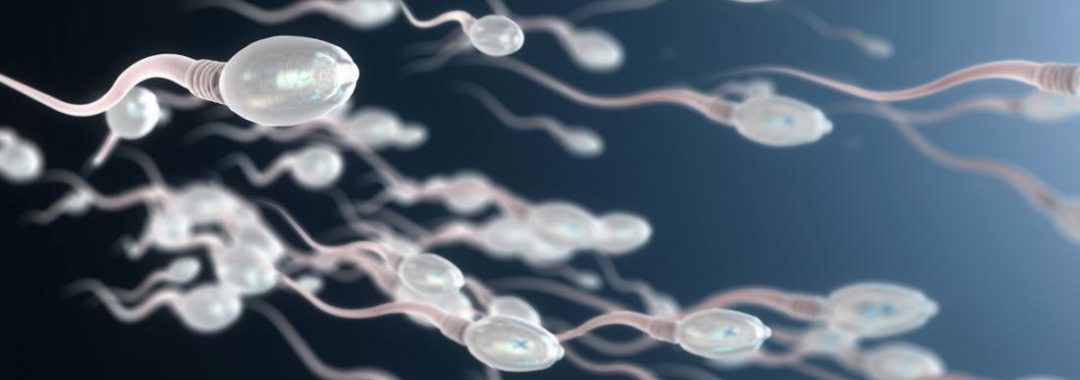Worldwide, cervical cancer is the third most common cancer among women and the second most frequent cause of cancer-related death, accounting for nearly 300,000 deaths annually. In developing nations, it is often the most common cause of cancer-related death among women and a leading cause of death overall.
While the treatment of cervical cancer has improved considerably, there still needs to be better solutions and more effective treatments found. There are also many side effects of these treatments and scientists may have found the answer in one of the strongest swimmers on the planet…. Sperm.
Over the years, scientists have tried to find delivery systems into cancer cells to minimize the side effects of drugs, but to target tumor and cancer directly. They have looked at many delivery systems from Stem Cells to Bacteria and none have shown the promise of the mighty sperm.
In a latest scientists report from the journal ACS Nanothat, scientists have harnessed the swimming power of sperm to carry a cancer drug directly into a cervical tumor.
The challenge for many drugs is that they do not penetrate far enough into the tissue of a cancer cell. So scientists have been trying to find a self propelled system that can penetrate another organism and carry a drug deep into the heart of it. Well, guess what? That is exactly what sperm is designed to do and these mighty swimmers are having a back pack full of drugs strapped to the back and through the influence of magnetic fields, are being successfully guided into tumor cells.
The researchers packaged a common cancer drug, into bovine sperm cells and outfitted them with tiny magnetic harnesses. Using a magnetic field, sperm were guided into a lab-grown tumor of cervical cancer cells. When the harness arms pressed against the tumor, the arms opened up, releasing the sperm. The sperm then swam into the tumor, fused its membrane with that of a cancer cell, and released the drug. When unleashed by the thousands, drug-loaded sperm killed more than 80 percent of a cancerous ball while leaking very little of their payload en route.
Further work is needed to ensure the system could work in animals and eventually humans, but researchers say the sperm motors have the potential to one day treat cancer and other diseases in the female reproductive tract.
We don’t often look at sperm other than something that is needed to make a baby. But this tiny mighty swimmer could be used to one day treat inflammatory gynaecological conditions such as endometriosis, adenomyosis and other inflammatory gynaecological diseases.
I have written quite a few posts on some of the uses of sperm to help treat depression, help trigger ovulation and also assist with implantation of the embryo. Sperm may just become the next saviour in the attack on diseases many women face and help save women’s lives all over the world. Hail to the mighty super sperm.
Just remember that to have super sperm, you also need to be super healthy. Poor health and lifestyle choices leads to poor quality sperm. Things like alcohol, smoking, drugs, poor diet etc, all lead to poor quality sperm. There are also essential nutrients, antioxidants and amino acids that help sperm quality too.
Take care
Regards
Dr Andrew Orr
-Women’s & Men’s Health Advocate
-No Stone Left Unturned


 References
References


